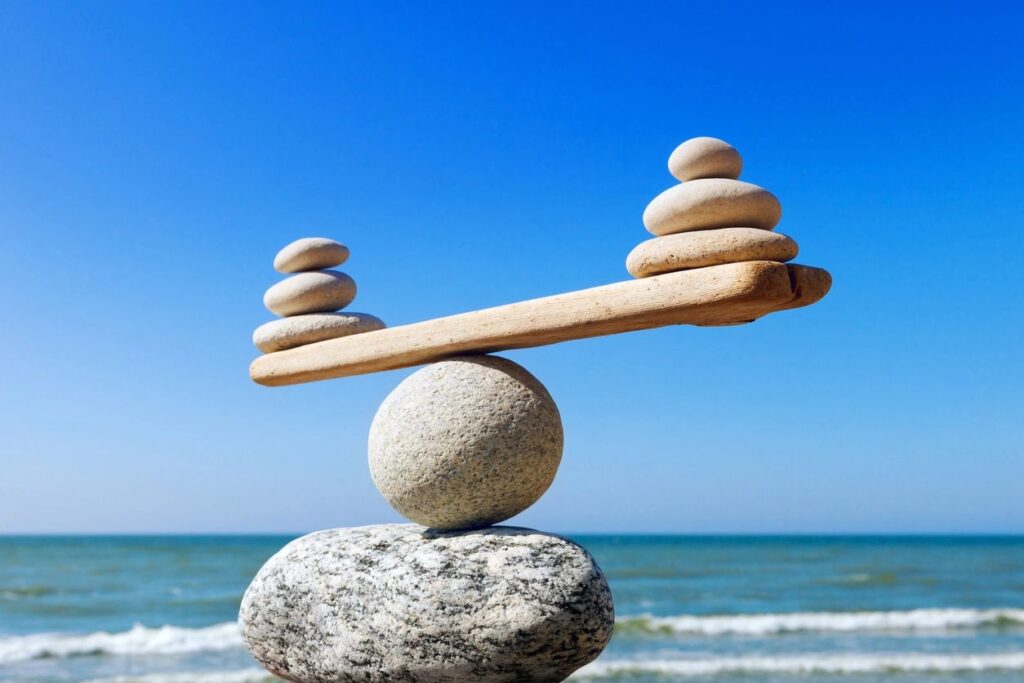Testosterone to Estrogen Ratio

Testosterone to Estrogen Ratio becomes Imbalanced as an aging Male’s Estrogen Level Increases.
Click the Omni calculator link below to determine your Ratio
Testosterone to Estrogen Ratio Importance
Testosterone to Estrogen Ratio is negatively impacted as men age. Researchers observed that as men age, their bodyfat levels increase. While bodyfat is increasing, lean muscle mass is decreasing. The increase in bodyfat results in higher tissue levels of “aromatase”. Aromatase in an adrenal enzyme. It converts androstenedione and estrone to estrogen which converts testosterone to estrogen. This conversion is sole process by which men have any estrogen at all.
A higher conversion to estrogen leaves men with less testosterone. Less Testosterone leads to a decrease in muscle mass making it easier to gain weight. A sub optimal Testosterone to Estrogen Ratio creates the perfect situation for a is vicious cycle that continues on and on. One more reason why exercise is crucial to preserve muscle mass as a man ages.
The fact is middle age leads to the rise of Aromatase. Additionally, there is a simultaneous decrease in testosterone as well as an increase estrogen. The final effect is that the numerator and denominator, (your testosterone level and estrogen level) in the Testosterone to Estrogen Ratio formula are BOTH moving in the wrong directions.
Dangers related to tissue accumulation of Estrogen
Research has concluded that “the prostatic accumulation of DHT, estradiol, and estrone is in part intimately correlated with aging”. Estradiol and estrone are two forms of estrogen, which accumulate in tissues. That accumulation does not benefit men in any way.
Side effects of too much Estrogen:
- Estrogen binds to testosterone receptors in the brain which signal the body to produce more testosterone. When estrogen is bound to those receptors, less testosterone is produced.
- When estrogen binds to an androgen receptor it does the opposite of what happens when testosterone binds to an androgen receptor. Estrogen leaves the receptor inactive and lifeless. Testosterone activates testosterone receptors, signaling the body to produce testosterone.
- Estrogen displaces testosterone in androgen receptors throughout the body.
- High estrogen levels cause your body to make fewer androgen receptors. No Bueno!!
- In males, increased estrogen has been associated with increased blood clotting, narrowing of the arteries and heart disease.
- High Estrogen also increases SHBG. SHBG is a protein that binds to testosterone. When bound to testosterone, SHBG decreases free, bioavailable testosterone.
- Erectile muscles at the base of the penis are full of testosterone receptors. As testosterone decreases and estrogen displaces testosterone, these muscles slowly atrophy leading to erectile issues.
- Estrogen is increasingly associated with long term prostate issues including cancer.
Enlarged Prostate Data related to Testosterone to Estrogen Ratio
[Androgen and estrogen metabolism in human benign prostatic hyperplasia (BPH)] – PubMed (nih.gov)
In conclusion: male menopause or andropause is as much about estrogen and the Testosterone to Estrogen Ratio as it is about testosterone itself.
It is important to note that a healthy level of estrogen is essential for joint lubrication, libido and bone health. Long Term, low estrogen, can lead to osteoporosis which is yet another reason to keep testosterone up through HRT in aging males.
CLICK HERE to talk to a team member about your Testosterone to Estrogen Ratio Questions!
Sperling, H. & Rossi, Roberto & Lümmen, G. & Rübben, H.. (2004). Testosteron und Prostata. Der Urologe. 43. 1092-1096. 10.1007/s00120-004-0654-y. Testosterone has a distinct role in benign and malignant diseases of the prostate. Therefore, knowledge about the physiological interactions between testosterone and the prostate and the special circumstances under testosterone substitution are of great impact for urologists.
PSA value and prostate volume do not show significant changes under testosterone substitution therapy. Even if there are no long-term studies in men under substitution due to decreased testosterone, the therapy seems to be safe under regular control of the prostate with PSA and sonography, and the risk for prostate carcinoma is not increased.
In hypogonadal men with high-grade PIN under testosterone substitution, 1 in 20 cases with suspicious rectal examination exhibited a carcinoma; the PSA values did not show a difference between men with or without PIN.
Nevertheless, it remains unclear whether men after successful radical prostatectomy should receive testosterone substitution.
